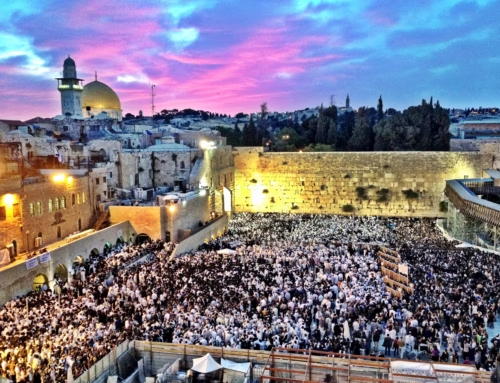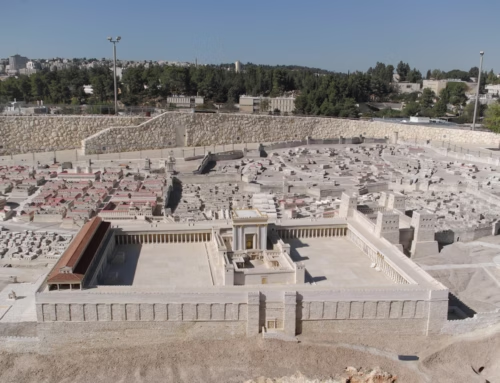The Jewish Calendar
The Jewish calendar-year traditionally begins on Rosh Hashanah – the Jewish New Year which begins at sunset September 25 this year 2022 and corresponds with the 1st of the month Tishrei, in the year 5783 according to the Jewish calendar.

The Jewish New Year Rosh Hashanah begins in the seventh month when a shofar, (a ram’s horn) is blown. Photo: Pixabay
The Jewish calendar is used to celebrate Jewish holidays and as an official calendar for the State of Israel. It determines the dates of Jewish holidays and the appropriate public reading of Torah passages as well as providing a time frame for agriculture. It is also an official calendar for civil holidays, alongside the Gregorian calendar.
A day in the Jewish calendar runs from sunset to sunset. The end of the Sabbath, like other holidays, is reckoned from when darkness falls just after sunset. Accordingly, the year 5783 begins after sunset on September 25 this year, 2022.
The Jewish calendar has several different new years which are used for different purposes, chiefly the civil New Year and the sacred New Year. The use of different start dates within a year is comparable to different start dates for “fiscal year” and “school year”.
Nisan 1 starts the sacred New Year of the Feasts. For example, Passover, or ‘Pesach’ (which begins on Nisan 15) is described in the Bible as falling “in the first month,” while Rosh Hashana (beginning on Tishrei 1) is described as falling “in the seventh month.”
Mathematical principles
The current Jewish calendar is built on complex mathematical calculations which are the result of a development process with a clear Babylonian influence and principles that were established in the 12th century.
At that time, the principle of counting the years after the destruction of the temple was replaced with a chronology based on the creation story as recorded in the books of Moses, along with subsequent biblical history. The point of reference for the start of the Jewish calendar is traditionally considered to be one year before the creation of the world.
The Hebrew week is based on the seven-day period in which the world was created. The week begins with Sunday and continues until Saturday, which is the Sabbath.
The months of the calendar are made up of 12 lunar months, i.e., from new moon to new moon, while years are based on a solar year – the time for the earth to orbit the sun. The calendar year contains twelve lunar months of twenty-nine or thirty days, with an extra lunar month added periodically to synchronize the twelve lunar cycles with the longer solar year. These extra months are added seven times over a nineteen-year period – that is, an extra month every two or three years.
There are also rules to prevent certain holidays falling on certain days of the week. This is done by adding an extra day to the month of Marcheshvan (which then gets 30 days) or by removing a day from Kislev (to 29 days).
Babylonian names
In a leap year, an additional month is added after Shevat (Adar I), while the regular Adar is called “Second Adar”.
During the Babylonian captivity, the Jewish people adopted the Babylonian names for the months. Names of months such as Nisan, Iyar, Tammuz, Ab, Elul, Tishrei and Adar are also shared with several Arabic-speaking countries.
The period from Adar to Marcheshvan contains all the feasts listed in the Bible. Pesach begins on 15 Nisan, Shavuot begins on 6 Sivan, Rosh Hashanah begins on 1 Tishrei while Yom Kippur begins on 10 Tishrei. Sukkot falls on 15 Tishrei, and Shemini Atzeret begins on 22 Tishrei. This period is fixed, after which no adjustments are made.
The months in the civil calendar in order are:
Nisan (March-April)
Iyar (April-May)
Sivan (May-June)
Tammuz (June–July)
Ab (July–August)
Elul (August–September)
Tishrei (September-October)
Cheshvan – or Marcheshvan (October-November)
Kislev (November-December)
Tevet (December-January)
Shevat (January-February)
Adar (February-March)


